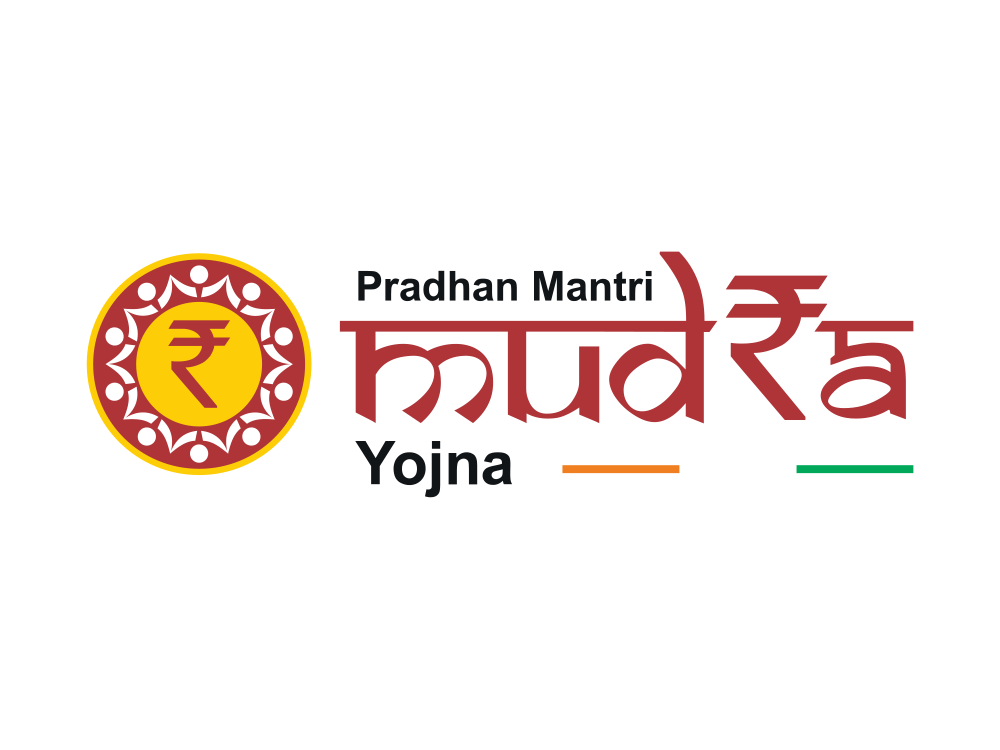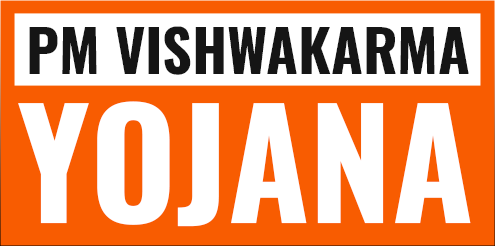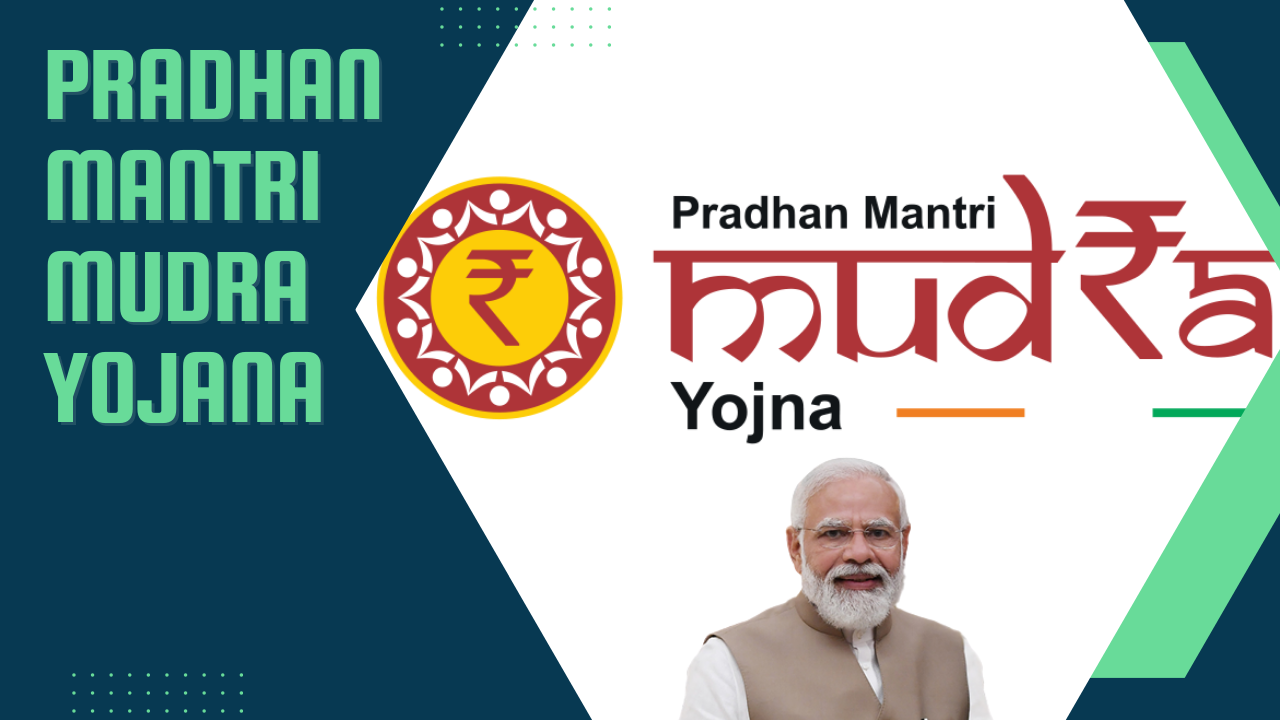Pradhan Mantri Mudra Yojana (PMYY)
Pradhan Mantri Mudra Yojana (PMMY) is a flagship scheme of the Indian Government. It is aimed at providing financial support to income-generating micro-enterprises in the non-farm sector. These enterprises encompass various businesses. It includes small manufacturing units to service providers in both urban and rural areas. The scheme offers loans up to Rs. 10 lakh to eligible entrepreneurs. In this article, we’ll explore the PMMY scheme, its objectives, eligibility, types of loans, beneficiaries, and much more.

Understanding Pradhan Mantri Mudra Yojana (PMMY)
PMMY acts as a catalyst for financial intermediaries. It enables them to extend loans to non-corporate, non-farm sector income-generating activities of micro and small entities. These entities encompass a diverse range of businesses. This further includes small manufacturing units, service sector businesses, shopkeepers, and food vendors. Many more, both in urban and rural areas are included as well.
PMMY Loan Categories
PMMY offers loans under three categories: Shishu, Kishore, and Tarun. Each category corresponds to the stage of growth, development, and funding requirements. Shishu covers loans up to ₹50,000. Kishore covers loans above ₹50,000 and up to ₹5 lakh. While Tarun extends loans above ₹5 lakh and up to ₹10 lakh.
| Scheme Name | Pradhan Mantri Mudra Yojana (PMMY) |
| Launched on | April 8, 2015 |
| Ministry/Department | Ministry of Finance |
| Head Office | Bombay, Maharashtra |
| Types of Loans | Shishu, Kishore, Tarun |
| Chairman & MD | Shri S. Ramann |
| Parent Organization | Small Industries Development Bank of India (SIDBI) |
PMMY Objectives: The primary objectives of the Pradhan Mantri Mudra Yojana are as follows:
- Funding the Unfunded: Offering loans up to Rs. 10 lakh for non-farm income-generating activities.
- Employment Generation: Providing credit facilities to micro and small enterprises to contribute to GDP growth and generate employment.
- Regulating MFIs: Overseeing and monitoring microfinance institutions (MFIs) by regulating new registrations.
- Financial Stability: Promoting financial stability by ensuring last-mile credit access for small and micro-businesses.
- Integration: Integrating informal and formal sectors to expand the tax base and financial stability.
Eligibility Criteria
To avail of benefits under PMMY, individuals must be:
- Indian citizens
- Engaged in income-generating activities in the non-farm sector, including manufacturing, processing, trade, and service.
- Credit requirements should be less than Rs. 10 lakh.
These loans are accessible through various financial institutions. It includes public-sector banks, private-sector banks, and state-operated cooperative banks. Further regional rural banks, microfinance institutions, and financial companies are also included.
No Collateral, Reasonable Interest Rates
The interest rates for PMMY loans are determined by individual banks. However, the interest rate charged to borrowers should be reasonable. Many banks waive upfront fees for Shishu loans, covering loans up to ₹50,000.
Sectors Covered by PMMY
PMMY covers a wide range of sectors to maximize the coverage of beneficiaries. These sectors include the land transport sector, community, social, and personal service activities, food product sector, and textile products sector. Loans are provided for activities such as purchasing transport vehicles, setting up salons, food processing, and supporting textile industries.
Advantages of the MUDRA Scheme
The PMMY scheme is designed to provide affordable credit to small entrepreneurs, particularly targeting young, educated, and skilled individuals, including women entrepreneurs. This initiative plays a crucial role in enhancing income generation and employment opportunities, contributing to GDP growth.
Types of MUDRA Yojana Loans: The Pradhan Mantri Mudra Yojana offers three types of loans tailored to the funding needs of micro-enterprises:
| Loan Type | Maximum Amount | Purpose |
| Shishu | Up to Rs. 50,000 | Short-term financial needs |
| Kishore | Above Rs. 50,000 up to 5 lakh | Infrastructure enhancement, production needs |
| Tarun | Above Rs. 5 lakh up to 10 lakh | Start-up funding for small to medium businesses |
Top 10 Banks Offering MUDRA Loans
Several leading banks in India offer MUDRA loans with competitive interest rates. It includes Oriental Bank of Commerce, ICICI Bank, Kotak Mahindra Bank, and Standard Chartered Bank. These loans are instrumental in providing financial support to small and micro-businesses.
Link for PMMY Kit which includes Form and other official documentation.Functions of MUDRA Loans
The MUDRA Yojana plays a vital role in framing policy guidelines for small and micro-enterprises, registering and regulating microfinance institutions, and accrediting and rating these institutions. It also focuses on creating a standardized framework for the last-mile lending process, ensuring the delivery of credit facilities to small enterprises.
Benefits of the MUDRA Scheme:
- Affordable loans for small entrepreneurs.
- Priority for SC/ST enterprises to encourage entrepreneurship among underprivileged sections.
- Support for existing small businesses’ expansion.
- Empowering the “missing middle” who often struggle to secure funding.
- Integration of Non-Banking Financial Companies (NBFCs) to reach small-scale industries.
| Sector | Activities |
| Land Transport | Support for purchasing transport vehicles |
| Service Sector | Salons, tailoring, courier agencies, and more |
| Food Products | Small-scale food industries |
| Textile Products | Garments, handloom, embroidery, and more |
Application Process
To apply for PMMY loans, borrowers can approach local branches of financial institutions, including banks, Micro Finance Institutions (MFI), and Non-Banking Financial Companies (NBFC). Borrowers should meet the eligibility norms of the lending institution.
- Prepare a comprehensive business plan that outlines your business idea, loan utilization, income generation, and repayment strategy.
- Check your eligibility by ensuring you’re an Indian citizen engaged in a non-farm sector income-generating activity.
- Choose the appropriate Mudra loan category (Shishu, Kishore, or Tarun) based on your funding needs and business stage.
- Select a lending institution from various options. It includes public sector banks, private sector banks, and microfinance institutions.
- Gather required documents, such as proof of identity, residence, photographs, quotations for machinery, business identity, and category proof.
- Visit the nearest branch of the chosen lending institution.
- Meet with a loan officer to discuss your loan application, present your business plan, and clarify any questions.
- Fill out the Mudra loan application form provided by the bank accurately and completely.
- Submit your application along with the required documents.
- Your application will be processed by the lending institution, including a review of your business plan and creditworthiness.
- If approved, you will receive an approval letter detailing the terms and conditions.
- Upon agreeing to the terms, the loan amount will be disbursed to your bank account.
- Use the loan for your business as per your business plan, ensuring proper utilization for income generation.
- Follow the repayment schedule established with the lending institution to maintain good credit and possibly access larger loans in the future.
Please note that specific requirements and procedures may vary among different lending institutions, so inquire about the process at your chosen bank or financial organization to ensure you meet their specific criteria.
Documents for Pradhan Mantri Mudra Yojana
- Proof of Identity: Voter’s ID, Driving License, Aadhaar, Passport, etc.
- Proof of Residence: Recent utility bills, Voter’s ID, Aadhaar, Passport, etc.
- Applicant’s Recent Photograph (2 copies).
- Quotations for machinery/items to be purchased.
- Business Enterprise Identity/Ownership Documents.
- Proof of Category (SC/ST/OBC/Minority).
Conclusion
The Pradhan Mantri Mudra Yojana (PMMY) is a significant initiative by the Indian Government to promote entrepreneurship and support small businesses. By offering accessible credit facilities to micro-enterprises, PMMY not only empowers individuals but also contributes to economic growth and employment generation. Small business owners, especially those previously underserved by traditional banks, can find a valuable partner in PMMY. This scheme encapsulates the spirit of “funding the unfunded” and creating opportunities for India’s aspiring entrepreneurs.
Remember, MUDRA loans come with various advantages, including no processing fees, no collateral, extended repayment periods, and the promotion of financial stability. The focus on specific sectors further tailors support to meet the diverse needs of micro and small enterprises.
Pradhan Mantri Mudra Yojana is a powerful tool in the hands of small entrepreneurs looking to transform their business ideas into reality.
Check Out: Haryana Mukhyamantri Awas Yojana 2023: Affordable Housing for All
FAQs about Pradhan Mantri Mudra Yojana
1. How much time does it take for the PM Mudra Application to pass and approve?
The processing time for a PM Mudra loan application varies from one financial institution to another. Generally, it can take a few weeks to a couple of months, depending on the complexity of the application and the specific lending institution’s procedures.
2. Is there any subsidy for Mudra loans?
Mudra loans do not come with an interest subsidy from the government. However, if your loan proposal is linked to a government scheme providing capital subsidies, you may be eligible for such subsidies alongside your Mudra loan.
3. Who is eligible to apply for a PM Mudra loan?
Any Indian citizen with a viable business plan for a non-farm sector income-generating activity can apply for a PM Mudra loan. This includes manufacturing, processing, trading, or service sector activities, and the credit requirement should be less than Rs. 10 lakh.
4. What are the three categories of MUDRA loans?
MUDRA loans are categorized into Shishu, Kishore, and Tarun. Shishu covers loans up to Rs. 50,000, Kishore includes loans above Rs. 50,000 and up to Rs. 5 lakhs, while Tarun comprises loans above Rs. 5 lakhs and up to Rs. 10 lakhs.
5. Can I apply for a Mudra loan through private sector banks?
Yes, you can apply for a Mudra loan through various types of banks and lending institutions, including public sector banks, private sector banks, state-operated cooperative banks, rural banks from the regional sector, microfinance institutions, and financial companies other than banks.
6. What is the interest rate for Mudra loans?
Interest rates for Mudra loans are determined by individual banks and financial institutions, so they may vary. However, they are generally competitive and reasonable to support small entrepreneurs.
7. Is collateral required for Mudra loans?
No, collateral is not required for Mudra loans. These loans are typically collateral-free, making them more accessible to small business owners.
8. Are there any upfront fees or processing charges for Mudra loans?
Banks may charge upfront fees based on their internal guidelines. However, for Shishu loans, which cover amounts up to Rs. 50,000, most banks waive upfront fees or processing charges.
9. What is the purpose of the Pradhan Mantri Mudra Yojana (PMMY)?
The primary purpose of PMMY is to “fund the unfunded” by providing formal financial access. It also aims to extend affordable credit to small borrowers. It is mainly for those engaged in non-farm income-generating activities.
10. How does the MUDRA scheme support the growth of micro and small enterprises?
The MUDRA scheme categorizes loans into Shishu, Kishore, and Tarun, which signify different stages of growth and development. This approach ensures that loans meet the specific funding needs of beneficiary micro-units and entrepreneurs, promoting their growth and graduation to the next level.


2 thoughts on “Pradhan Mantri Mudra Yojana (PMMY) Guide: How to Apply, Eligibility Criteria, Benefits!”